Your teenager wants to attend a party but your spidey sense is tingling. Years of experience – including memories of your own turbulent teen years – tell you that, at least on this particular occasion, the party is a bad idea.
Your ‘no’ is later validated when word percolates through the community that the party degenerated into a free-for-all of heavy drinking, an assortment of fistfights, and at least one arrest. Kudos, mom (or dad), you called it!
Incredibly, your teen doesn’t recognize or appreciate your wisdom. Resentment lingers, and you’re fairly certain that the next time around your teen will simply sneak out or attend the party under the guise of doing something else.
So what’s a parent to do when the facts don’t matter – when you’re the bad guy even when your judgments are sound? Experience (and lots of empirical evidence) tells us that coming down hard on teens, putting them on lockdown, or urging abstinence / just say no, doesn’t work.
The Tortoise-Hare Race Inside the Teen Brain
A good place to start is learning what’s really going on inside the head of your teenager. Over the past decade a tremendous amount of research – much of it including detailed fMRI mapping of adolescent brains – has shed light into precisely why teenagers so often make such peculiar, short-sighted, and sometimes spectacularly bad decisions.
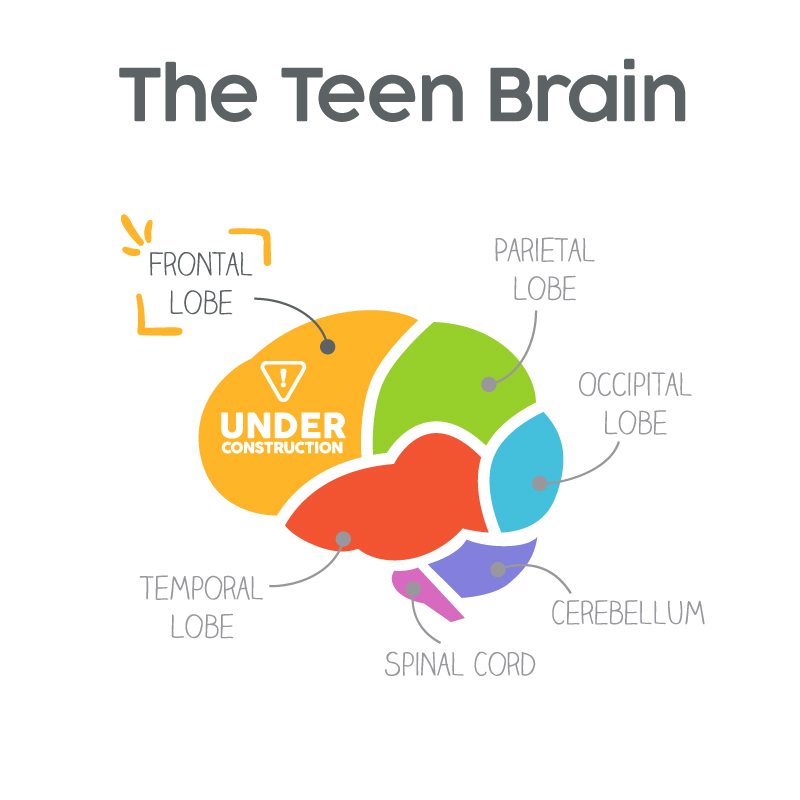
In a nutshell, here’s what’s going on. As a child enters the teen years (pubescence), the hormones that power the brain’s reward system kick into overdrive. This doesn’t just mean an innate curiosity about that best-known of pleasure centers, sex, but other kinds of fun as well. Ever watch a teenager devour his favorite meal, for example, or binge-shop well beyond her means? That’s the hormonal-fueled reward system in action.
Studies of adolescent rats reveal a striking similarity with their human counterparts, including a disproportionate focus on pleasure, strong gravitational pull of peers, and a growing curiosity about the world.
This wouldn’t be so bad were it not for the fact the brain’s control centers take forever to come online. Meaning that while teens’ bodies are literally being flooded with pleasure-seeking hormones that scream “Faster! Faster!” (let’s call this speed-demon the ‘hare’), construction of the higher brain functions that normally urge caution, “Slow down!” aren’t keeping pace (we’ll call this crawler the ‘tortoise’).
Or in the parlance of NIH researchers put it: “The frontal lobes, home to key components of the neural circuitry underlying ‘executive functions’ such as planning, working memory, and impulse control, are among the last areas of the brain to mature; they may not be fully developed until halfway through the third decade of life.”
Translation: your teenager is a performance race car with a brake that won’t be fully functional until roughly the age of 25. Which is why you, mom and dad, are tasked with acting as the emergency brake.
This might help explain why the mortality rate of kids doubles as they transition into the teen years. Yes, doubles. (And it’s even worse for boys, with the percentage of young males dying at 3 times the rate of girls by 18.)
Why is the absence of those executive brain functions so important? Because without them, teens are more likely to:
- Seek pleasure through risk taking
- Behave impulsively
- Seek immediate gratification
- Succumb to peer pressure
- Fail to recognize the consequences of their actions
(After reading that you’ve got to feel some sympathy for even the surliest teen.)
Mental Havoc
Ok, we can hear you say, my teen is temporarily insane. But hey, all teens are insane and have to make their way through that notoriously difficult passage known as adolescence. We did, after all, and our kids will too. We’ll even add the cheery note that, aside from marijuana, teen rates of drug abuse and alcohol abuse are down. Good stuff, right?
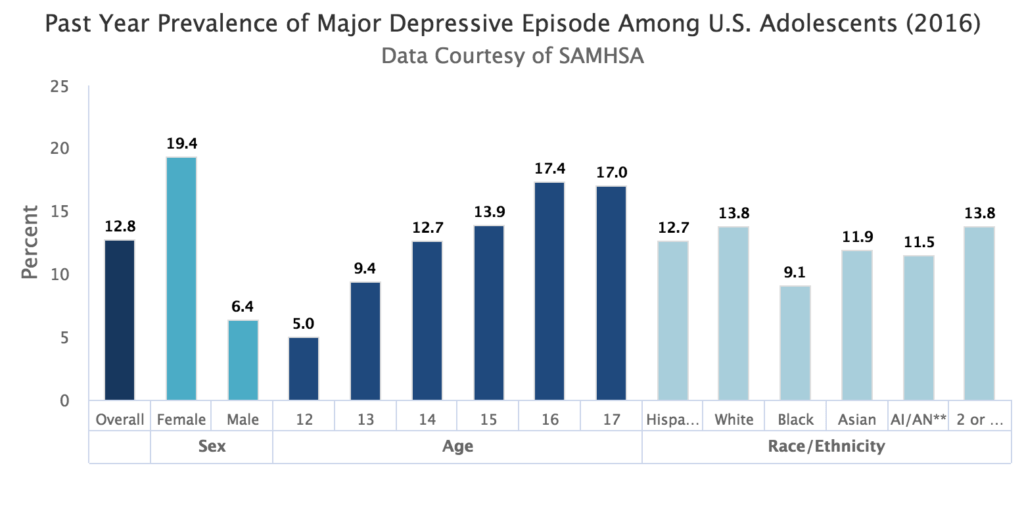
Absolutely. But the picture grows darker when we start talking about the mental health of today’s teenager. Consider:
- Suicidal Thinking – The number of adolescents hospitalized for suicidal thoughts doubled between 2008 and 2015.
- Suicide Rate – The rate of actual suicide in kids (ages 10 to 14) has doubled since 2017 and suicide is the third leading cause of death for all teens.
- Depression – The rate of major depressive episodes (MDE) in teens is dramatically rising. One recent study revealed that more than three million kids (ages 12-17) reported one MDE and more than two million reported severe depression. More than six million teens suffer from at least one anxiety disorder.
It also should be noted that most child development experts believe the mental health issues plaguing teens are much worse than reported, primarily because many teens – particularly boys – refuse to acknowledge a problem and because many families simply cannot afford mental health support services.
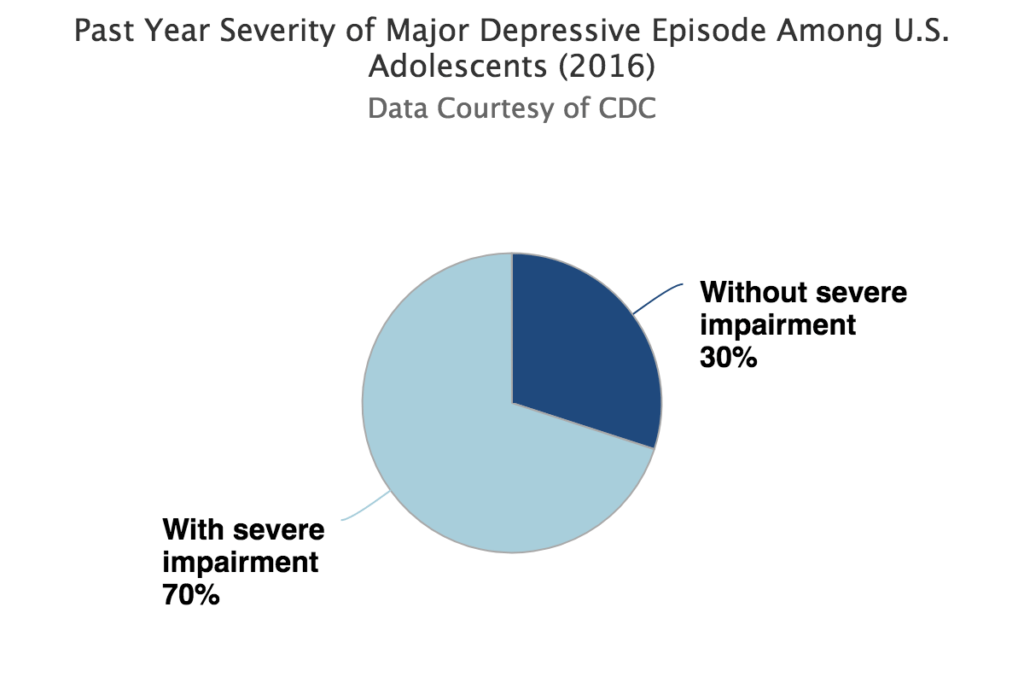
As to causes of teen depression and anxiety, there are many culprits, including:
- Smartphones – While most parents are aware of how easily teens become addicted to their smartphones, what they don’t truly understand is how much their teens’ emotional lives are wrapped up in those screens – that “there is no firm line between their real and online worlds.”
- Cyber Bullying – Despite local and national efforts, cyber bullying remains a very real and persistent threat to a majority of teenagers.
- Culture – Today’s teen doesn’t just face the usual issues of hormones, social pressures, and academics. They’re also coming of age in an era of constant school shootings, post-9/11 terror threats, economic uncertainty and, most important, an omnipresent ‘news cycle’ where all of those pressures never end (i.e. smartphones and the Web). Where, a generation ago, kids could be told to hang up the phone or turn off the TV, today’s 24/7 Internet connection means “kids are in the driver’s seat.”
Getting Teens High, Naturally
So if teens’ bodies are pleasure-seeking hormone machines and the world around them is creating mental conflict and pain, what’s a parent to do? We think it boils down to reprogramming those teen brains for natural highs – and the sooner you get started, the better.
Not so long ago we ran a piece on Iceland’s efforts to transform its kids from Europe’s worst substance abusers, into its best. And wow did it ever work.
By the late-1990s, more than 40% of Iceland’s teens reported being drunk in a given month. Twenty years later, that figure had fallen to just 5%. The same results also were achieved with drugs and cigarettes. Iceland’s kids literally went from first to last in terms of substance abuse.
How did Iceland do it? One key effort involved adults implementing a wide range of extracurricular clubs and activities for kids. They literally replaced the ‘high’ kids got from pot, booze, cigarettes, etc., with the highs from dance, theatre, sports and music.
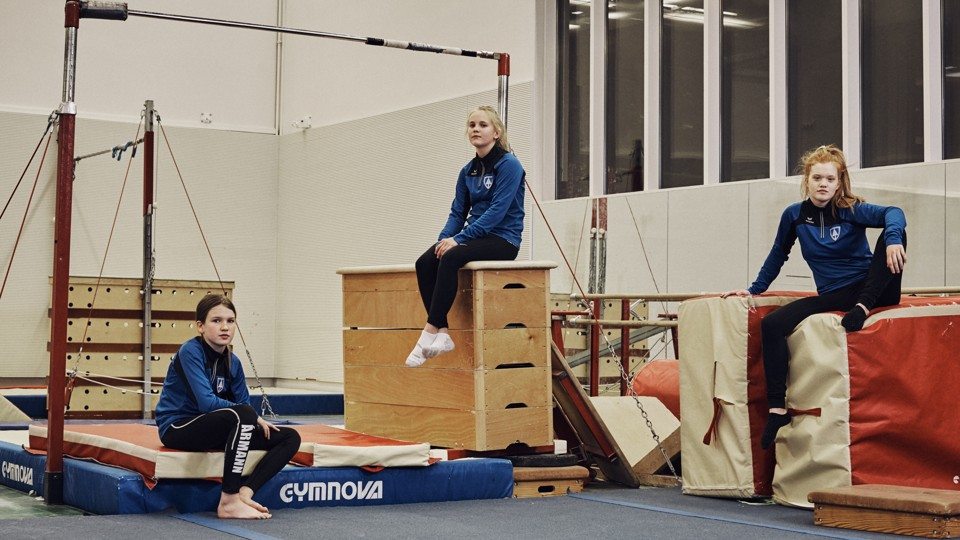
As opposed to largely ineffective U.S. efforts, Iceland’s focused on fundamentally understanding what happens inside a child’s brain and body, then building programs that met those needs.
Just as important, Iceland recognized that every teen is not the same and that those differences guided the child’s choice of substance abuse. For example, thrill-seekers usually chose amphetamine while more introverted types opted for heroin. In essence, Iceland – with the help of American Harvey Milkman – recognized that kids become addicted to changes in brain chemistry. The addiction to the drug is, in fact, an effort to address those changes in the brain.
Said Milkman: “You know, we had that ‘aha’ moment that it was the style of coping that [the kids] were becoming addicted to.” That’s when “we knew we were on to something.”
This is hugely important, because it demonstrated to researchers that if kids were supplied positive alternatives for those coping mechanisms – alternatives that fed their bodies’ pleasure seeking AND mental coping habits – they’d skip the self-destructive behaviors.
Instead of an amphetamine, for example, the thrill-seeking teen might choose competitive sports (lacrosse, basketball, volleyball) or individually challenging activities (rock climbing, dance, horseback riding) while more introverted kids will skip the heroin and instead opt for an artistic pursuit (painting, pottery, music).
Parents MUST Be Involved
The other aha realization from the Iceland study? The critical need for adult involvement. From parents to teachers, from coaches to counselors, researchers discovered a powerful correlation between consistent adult interaction with kids and program success.
Parents understood that they needed to be home in the evening, to volunteer to help these clubs, and to take active, ongoing roles in the lives of their children.
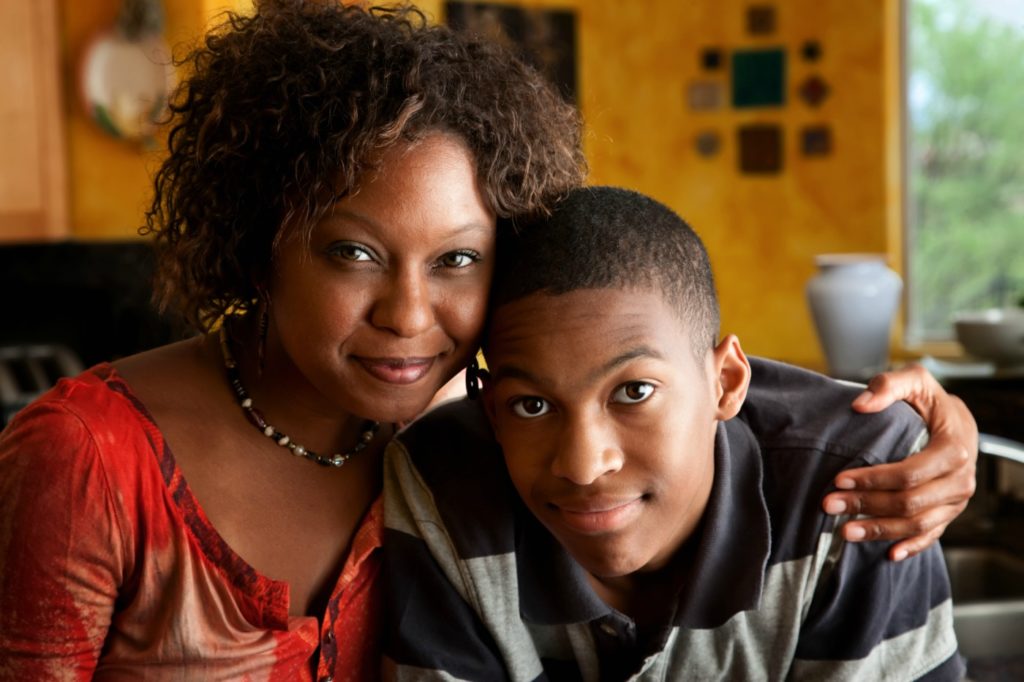
In an interview, Milkman pointed out that parents can’t limit their involvement to an every-so-often form of engagement. As Iceland’s parents took stock in precisely how much time they were spending with their kids, he said a kind of light bulb went on “and the whole country got the idea that it really is important to spend time with your kids.”
In 15 years, the time Iceland’s parents spent with their kids doubled and, unsurprisingly, “they had a corresponding reduction in substance abuse and other problem behaviors.”
So there you have it, folks. Your teen’s body and brain are undergoing enormous changes, but that hormone-fueled hare, as we all know, is going to be winning an awful lot of that race. As parents, our job is to use these big brains of ours to help our teens find more positive options for the highs their bodies are seeking. We must do that through activities as well as our time.
And a final note: this isn’t just for teens. The sooner we help our youngsters discover and engage in healthy outlets, the more likely they’ll avoid the bad stuff when those inevitable teen years arrive.
